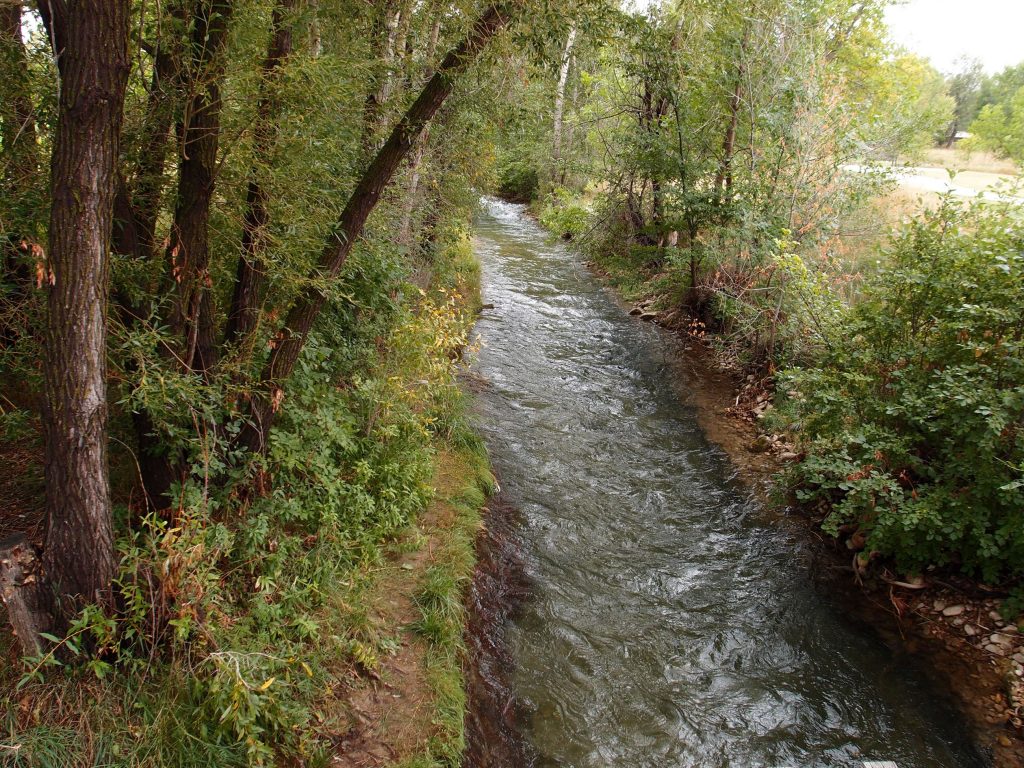SPEARFISH, SD – The Spearfish City Council Monday adopted Phase 1 of the Spearfish Creek Preservation Plan, which will allow staff to start working towards the project goals and budget for future projects.
In December 2024, City staff, along with staff from South Dakota Game, Fish, and Parks, began working with consultant ISG, Inc., on the plan. During the initial kickoff workshop, participants assessed and documented the challenges facing Spearfish Creek while identifying potential opportunities for ecological enhancement, recreational improvements, and long-term sustainability. “This corridor forms the heart of outdoor recreation in Spearfish and serves as a major draw for residents and visitors alike,” the plan documents states. It goes one to describe the goal of the plan: “to protect and preserve Spearfish Creek for current and future generations. The content presented within this plan documents is intended to be broad in nature to present the public with a framework that will be built upon and refined during Phase II.”
Parks and Forestry Superintendent Rex McDonald said the adoption of the plan by the City Council, with the recommendation from the Parks, Recreation, and Forestry Advisory Board, shows the City’s commitment to preserving the health and vitality of Spearfish Creek for the enjoyment of generations to come.
“We are looking forward to creating and enhancing sustainable recreational access points while at the same time preserving the overall health and integrity of the creek as one of the top fisheries in the Black Hills and as a vital source of irrigation for many in the community,” he said.
The plan document (pages 101-160 in the council packet) includes historical background information related to Spearfish Creek and contemporary information and current uses; outlines specific Focus Areas along the creek as it runs through the community; suggests projects along the creek corridor; provides a Prioritization Matrix to help determine implementation of future projects; and identifies potential sources of grant funding.
Phase 2 of the plan, which is being requested in the 2026 budget, will include stakeholder engagement, via public input sessions, online engagement tools, and coordination with local and regional technical experts, and more detailed specifications and designs for future projects.





